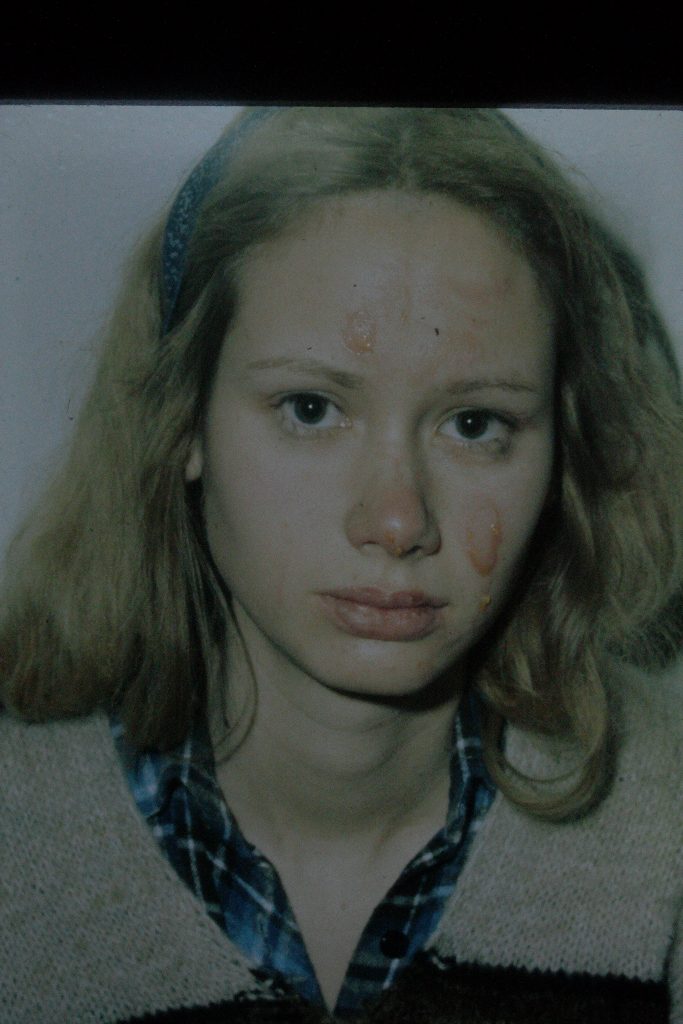Facial Burn, Superficial (1st degree) Healed with Topical Treatment
Elof Eriksson, MD
History:
22-year old women who comes to the ER 2 hours after sustaining a superficial flash burn to her face. She is alert and fully oriented and complains of facial pain. Her past medical history is entirely negative. She takes no medications.
Findings:
22-year old healthy looking woman with scattered areas of erythema and minimal blistering in very small areas on her left face. She complains of facial pain.

Diagnosis:
Superficial facial flame burn (1st degree bordering on 2nd degree in small areas). No other injuries.
Differential Diagnoses:
None.
Workup Required:
With no injuries in addition to the burn, only a physical examination was required.
Plan:
Treatment with Silvadene cream every 12 hours and removal of residual cream with a moist cotton swabs before re-application. Ibuprofen 200mg every 4 hours as needed for pain. Return in 3 days.
Expertise Needed:
Medical provider, MD, PA, NP or RN, with experience in evaluating and treating superficial burns.
Treatment:
Silvadene cream to be applied twice daily. Removal of exudate and residual cream with moist cotton swabs before each application. Ibuprofen 200mg every 4 hours as needed for pain. Return appointment in 3 days.
Follow Up:
3 days later, the facial swelling was reduced but there was still redness and and some pain. the patient was advised to continue the Silvadene cream treatment and return in one week.
3 weeks after the burn the face was healed with residual redness. She was advised to use a moisturizing cream at least twice daily and sunscreen when outside for one year.

References
Management of patients with facial burns
Topical treatment for facial burns Cornelis J Hoogewerf 1, M Jenda Hop 2, Marianne K Nieuwenhuis 3, Irma Mmh Oen 2, Esther Middelkoop 4, Margriet E Van Baar 2
Surgical excision of the burn wound
https://pubmed.ncbi.nlm.nih.gov/34654517
https://pubmed.ncbi.nlm.nih.gov/32725896
https://pubmed.ncbi.nlm.nih.gov/ 19793556

